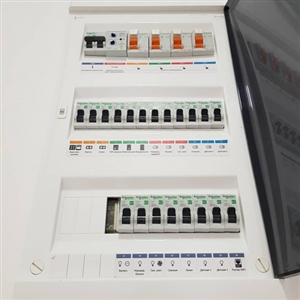This is my first post in this community. And I apologize if I involuntarily break his rules.
I am a developer of an online service that makes it easy to create stickers for electrical panels. Examples of the results of the service are posted below



I have a question for the community, but how do you now solve the problem of marking your electrical panels? Perhaps you use word and excel, or write with a simple marker directly on the shield panel?
I do not know if it is possible to place a link to the service, so if you are interested, write to me and I will give a link. Thanks to all.
